This post contains affiliate links. We earn commissions if you purchase products from retailers after clicking on a link from our site. As an Amazon Associate, we earn from qualifying purchases.
You’ve probably seen those fluffy microphones a million times in those press conferences or when you’re watching the weather report when it’s given outside. Why are microphones fluffy like that?
When recording outdoors, it’s common to use a fluffy or fuzzy foam cover that slips over a regular microphone. This is called a windscreen but is known by many other names and comes in many different styles. The purpose of these microphone covers is to prevent the wind from impacting the recording.
You might be satisfied by that answer, and you might not. There are more than just those colorful covers that you’ll see–sometimes you’ll see a hairy fuzzy thing on some microphones. There are many different styles of windscreens and they all have advantages and different names. In just a couple minutes, you’re about to be an expert on a super random subject.
Different Types of Windscreens for Microphones
Ultimately, at the end of the day, the purpose of any kind of foam or fabric or even a metal grill is to prevent wind from impacting the microphone. Either wind from being outside, or wind from certain consonants like P’s and T’s (called plosives). Let’s jump in and see what types of windscreens are out there.
The (Fluffy) Traditional Foam Windscreen
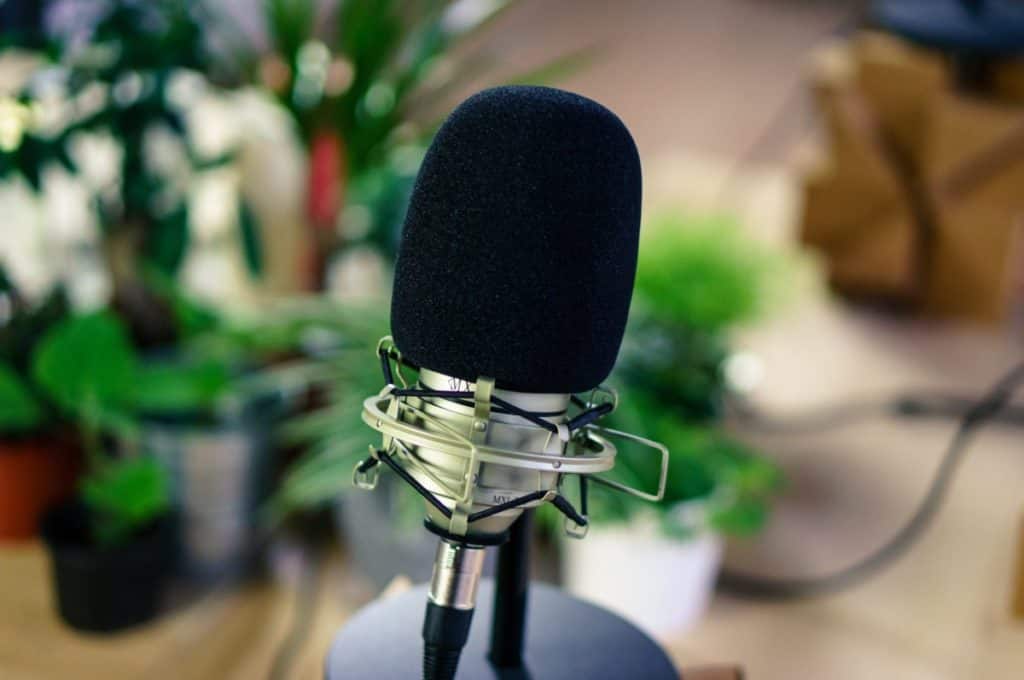
This particular picture shows a foam windscreen placed over a condenser microphone. The foam windscreen diffuses wind so that the movement of air doesn’t make sound by itself.
that is what a condenser mic in this style looks like with a foam windscreen, and this is what a condenser mic looks like without the foam windscreen:
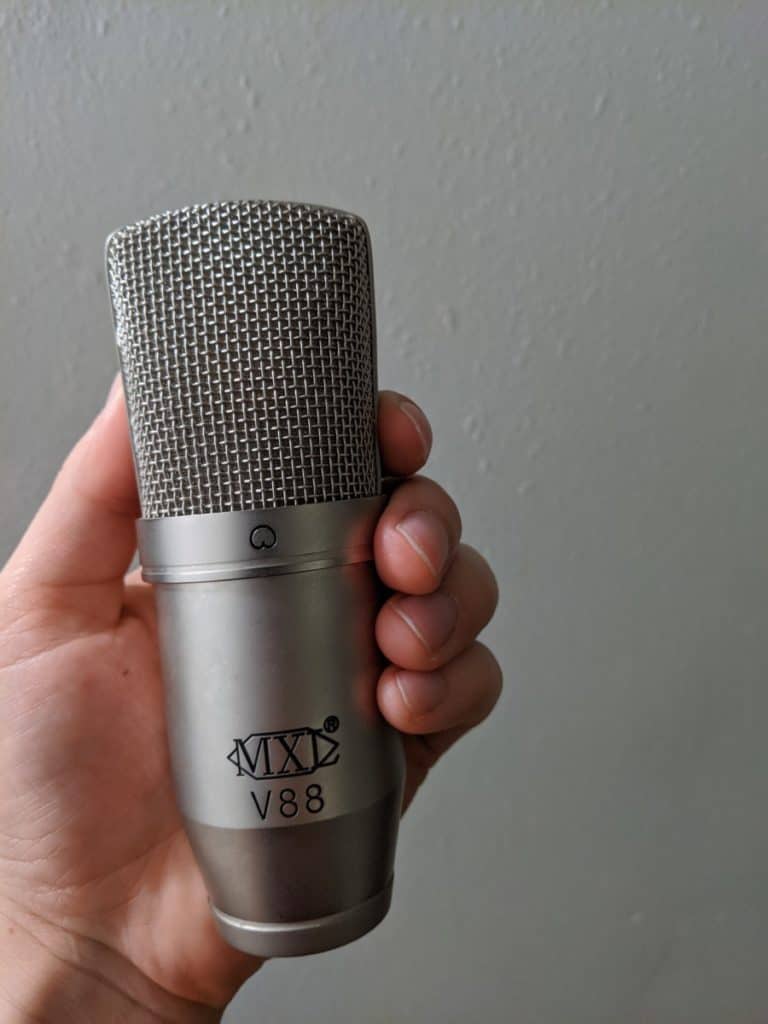
As you can see, there is already some protection of the circuitry and the actual diaphragm that captures the sound–there is a metal grille on the very outside. These, however aren’t enough by themselves to prevent wind or plosives.
Fuzzy and Furry Microphones (Deadcats)
Perhaps this is the reason why you came here. You saw one of these and thought… what on earth is that? Is it a microphone fashion statement? Is it alive?

Well… I hate to be the bearer of the boring news (no pun intended) that a deadcat (and yes, that is really what they are called) is just another windscreen. Another name for this type of windscreen is called a wind muff, or sometimes they are known as furries.
You muff be kidding, right?
The deadcat windscreen is specially designed to let wind flutter past without disrupting the recording but to allow sound from what you want to record in, such as someone’s voice.
One downside to the big foam windscreens on many microphones is that some of the good sound you want, such as someone’s voice, is going to be affected by the windscreen. The deadcat tries a unique design to counter that.
That’s why you’ll see this type of mic when you see a press conference– often reports have to interview people when they’re outside so it’s crucial they try to block the wind.
Wind muffs come in all sorts of shapes and forms–sometimes you can find them on smaller cameras like this one or even smartphones. It looks a little like a your smartphone or your camera sprouted some hairs. But, it all comes to the same purpose of blocking the wind.
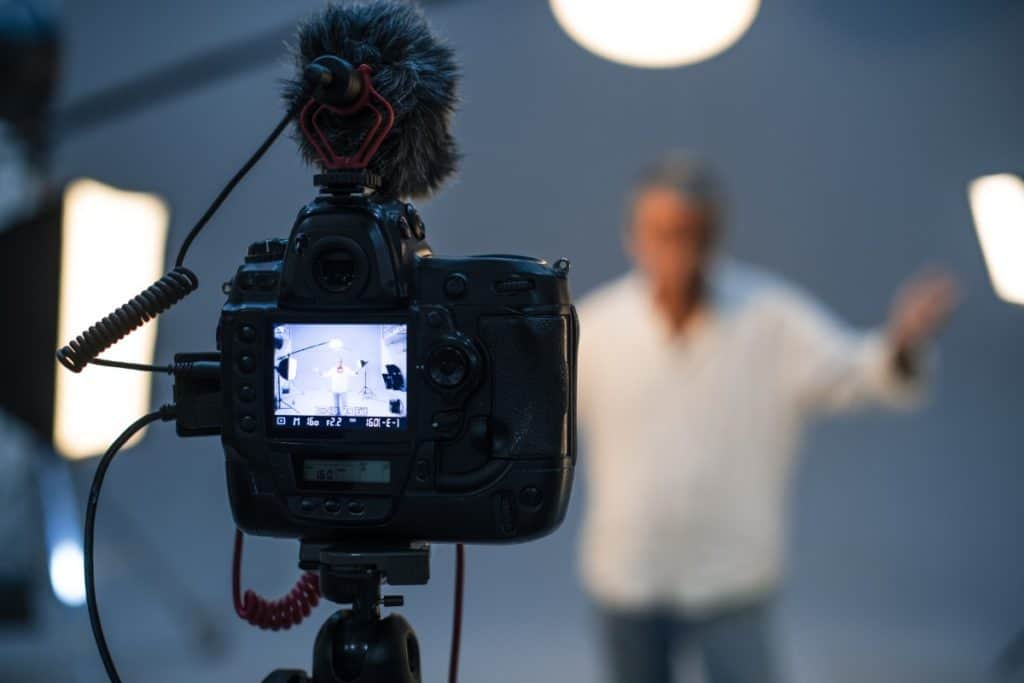
Blimp Microphone Cover
So, we have foam covers, deadcats and now blimps. Blimps are more expensive than the other types of windshields and they are most effective than any other windshield options. Here’s an excellent video that compares the wind resistance for a foam cover, a deadcat, a blimp, and finally a blimp with a dead wombat.
I don’t know who names these things. I like them, though, whoever they are.
The dead wombat refers to the cover for the blimp–as you might expect, it looks similar to a deadcat but it’s huge because of the size of the blimp.
Pop-Filter
Although not nearly as interesting to look at, a pop filter is a specialty type of windscreen that has a specific purpose, and that is to prevent splosives.
A splosive is the sound of the higher-velocity sounds that come out of our mouths when we are talking. You may have experienced this listening to someone who is a little too close to microphone and when they say a “P” sound, there is an overpowering pop that fills the room.
Although often little children do this almost immediately when they discover a microphone, it happens to everyone, hence the need for a “Pop” filter.
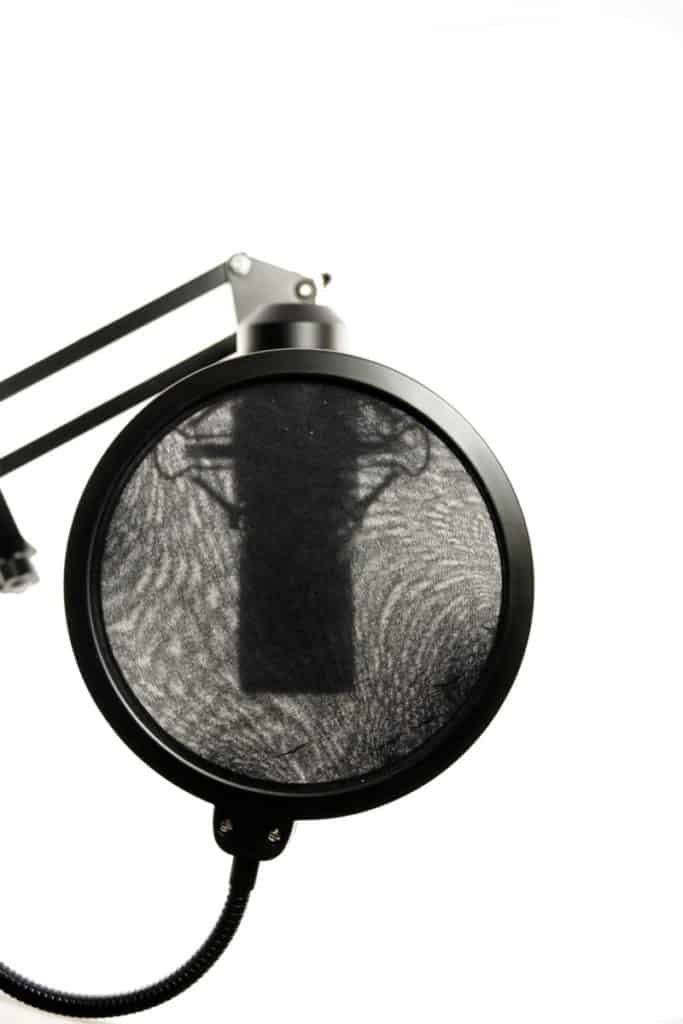
This picture is a common design for many pop filters: a ring with a thin mesh material stretch across the center, on a gooseneck. The gooseneck is meant for easily maneuvering the pop filter into position. It’s meant to be placed between the person or instrument being recorded and the microphone.
Pop filters are not meant to be used outdoors, they are for studio recording.
Built-In Pop Filter
You may have noticed how different one microphone may look from another microphone. These microphones I’m sharing below are two dynamic microphones that are almost identical. The Shure SM-58, and the Shure SM-57.
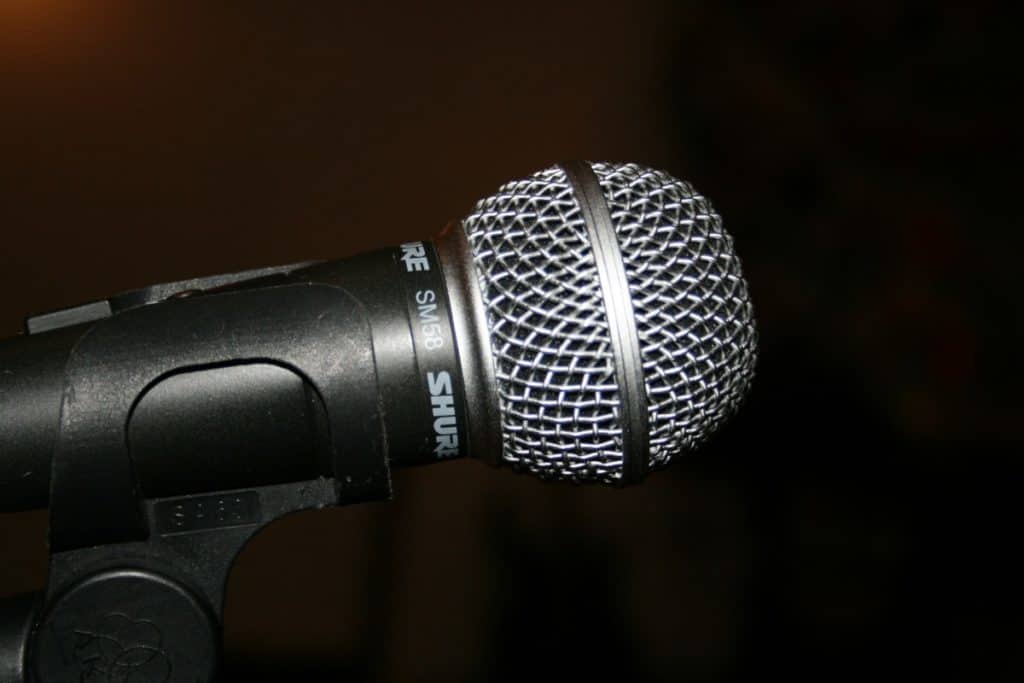
The difference between the SM-57 and the SM-58 is a number.
Okay, just kidding, the difference between the two is that the SM-58 has a built-in pop filter which is why this is often considered a vocal mic–the built-in pop filter prevents some of the plosives from speaking or singing.
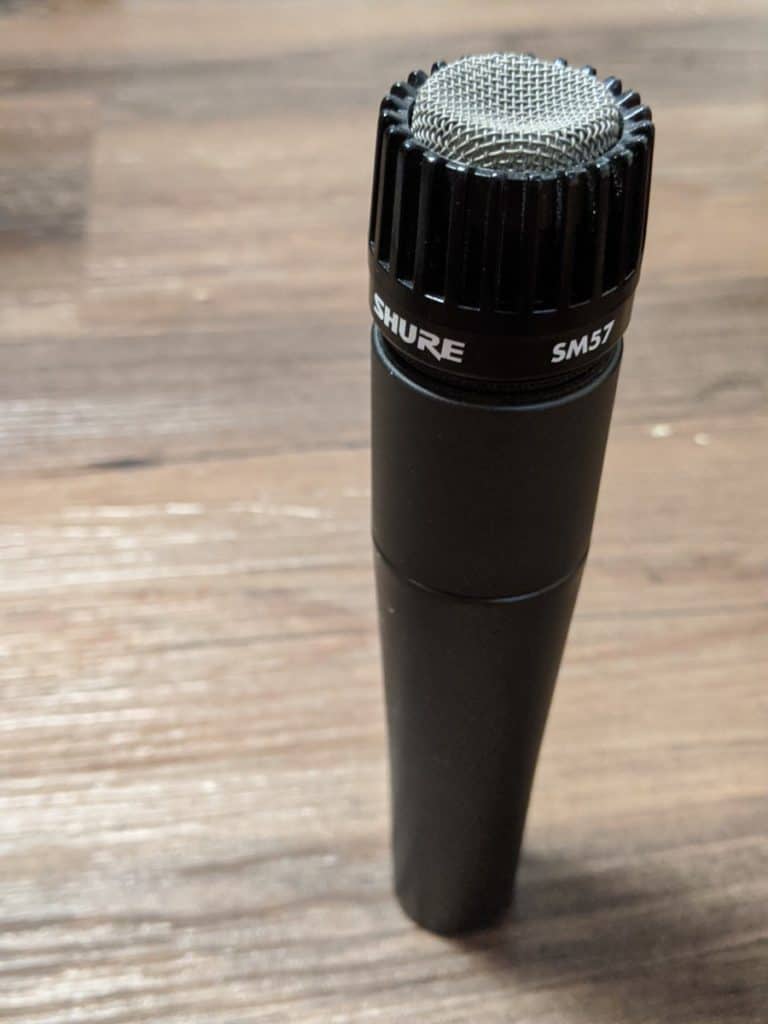
Best Type of Microphone for Recording Outside
Some of the pictures in this post showed several different types of mics–many of which you would never use if you were recording outside. In particular, many types of large diaphragm condenser mics are especially sensitive and are not good for outdoor use because they will pick up everything.
Many dynamic mics like the SM-57/58 that I mentioned above are also bad for the job because you often have to to be very close to get a good recording on dynamic microphones.
The best type of microphone for outdoor recording is the beloved shotgun-mic.
The shotgun-mic has a very narrow field of sensitivity that is intended to be directly pointed at the sound source. This is perfect for outdoor use since generally we don’t want to record everything around us like traffic and talking, etc, but instead want to record a subject directly in front of us.
